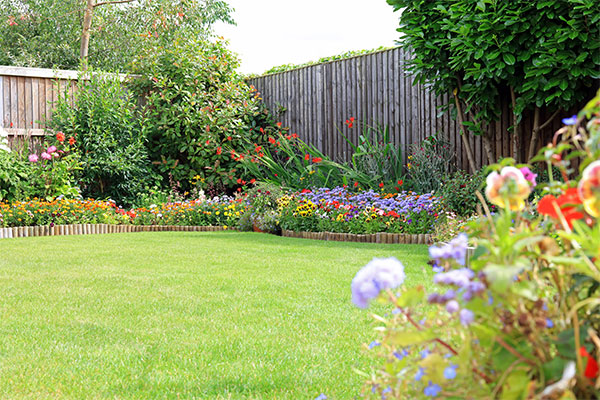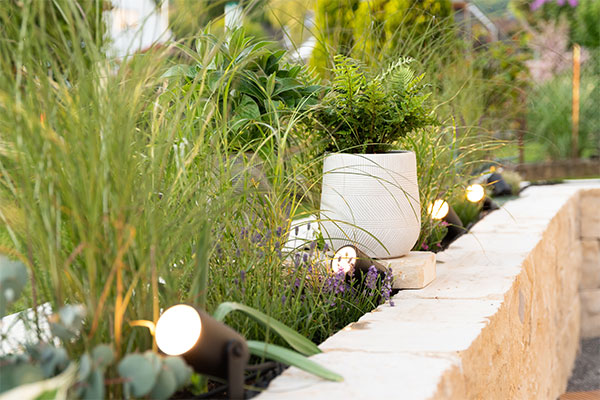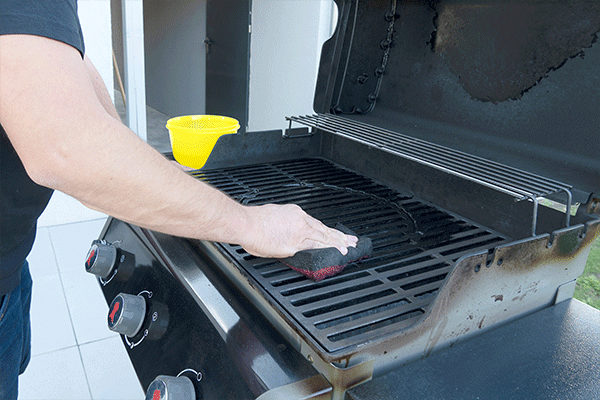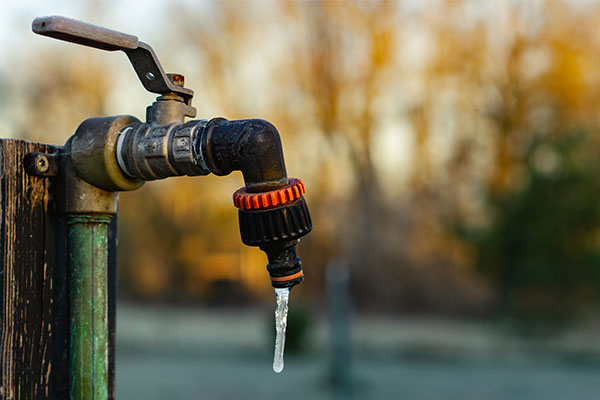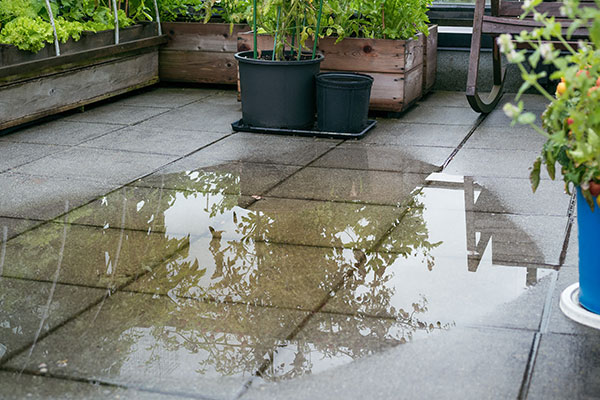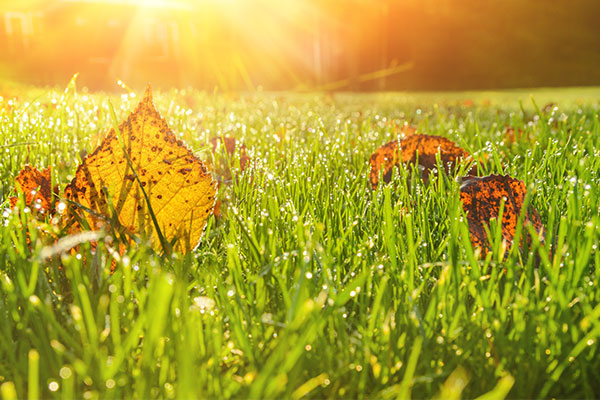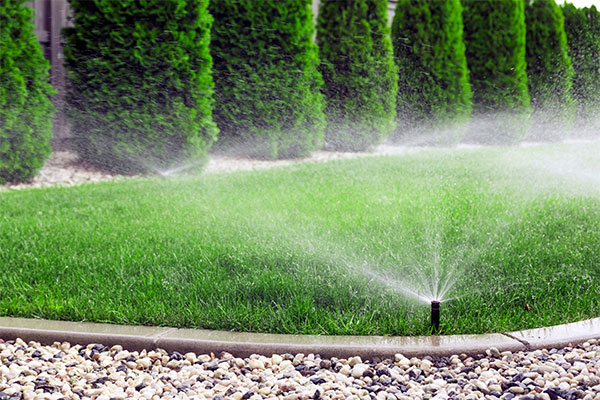
Efficient irrigation systems are the key to keeping landscaping healthy and vibrant without wasting water. By optimizing your irrigation system for peak performance, you can significantly reduce water usage while maintaining healthy growth.
Here are the essential steps for optimizing your irrigation system ensuring maximum efficiency.
Understanding Different Types of Irrigation Systems
Understanding the various types of irrigation available can help you optimize your water use. Here are some of the most common ones:
- Sprinkler Systems: Sprinkler systems distribute water evenly across landscaping. Different types of sprinkler heads include fixed spray heads, rotor heads, and impact sprinklers.
- Drip Irrigation: Drip irrigation is ideal for gardens, flower beds, and plants requiring direct watering. This system delivers water directly to the roots through tubes and emitters, reducing evaporation and runoff.
- Soaker Hoses: Soaker hoses release water slowly along their length, soaking the soil around plants. While not as precise as drip irrigation, soaker hoses are easy to install and use.
Assessing Your Watering Needs
Before optimizing your irrigation system, it’s crucial to assess your landscape’s watering needs, including soil type, weather, and sun exposure, which can influence how much water your landscape needs.
- Soil Type: Sandy soils drain quickly and require more frequent watering, while clay soils retain water longer and need less frequent watering. Loam soils, a mix of sand, silt, and clay, have balanced water retention and drainage properties.
- Plant Types: Lawns generally require more water than drought-tolerant shrubs and perennials. Grouping plants with similar water needs together can help you tailor your irrigation system for maximum efficiency.
- Weather Conditions: Weather plays a significant role in determining watering needs. Hot, dry weather increases evaporation and the need for irrigation, while cool, rainy conditions reduce it. Adjusting your irrigation schedule based on weather conditions can save water and promote a healthier landscape.
Smart Irrigation Technologies
Smart irrigation technologies and advanced systems use real-time data to optimize watering schedules, ensuring your landscape receives the right amount of water.
- Weather-Based Controllers: Weather-based controllers, also known as smart controllers, adjust watering schedules, including watering times and durations, based on local weather conditions.
- Soil Moisture Sensors: Soil moisture sensors measure the moisture content in the soil and adjust irrigation schedules accordingly.
- Remote Access: Many smart irrigation systems offer remote access through smartphone apps, allowing you to monitor and control your system from anywhere.
Irrigation System Maintenance and Troubleshooting
Regular maintenance is crucial for keeping your irrigation system running efficiently. Here are some tips for maintaining and troubleshooting your system:
- Check for Leaks: Inspect your irrigation system regularly for leaks and repair any damaged components to prevent water waste that reduces system efficiency.
- Clean and Adjust Sprinkler Heads: Ensure that sprinkler heads are cleaned and properly adjusted to avoid uneven watering and waste. Replace any damaged or malfunctioning heads.
- Monitor Water Pressure: Too much pressure can cause misting and evaporation, while too little pressure can result in uneven watering. Install a pressure regulator if necessary.
Water Conservation Tips
You can take some easy steps to help conserve water while maintaining a healthy landscape.
- Add mulch around plants to help retain moisture.
- Water in the morning or evening to minimize evaporation.
- Incorporate native plants adapted to the local climate to conserve water.
Optimizing Your Irrigation System
The right irrigation system will maximize the health of your landscaping while minimizing your water waste. Contact the experts at W.P. Law to schedule a consultation to help you determine the best irrigation system for your landscaping needs.


